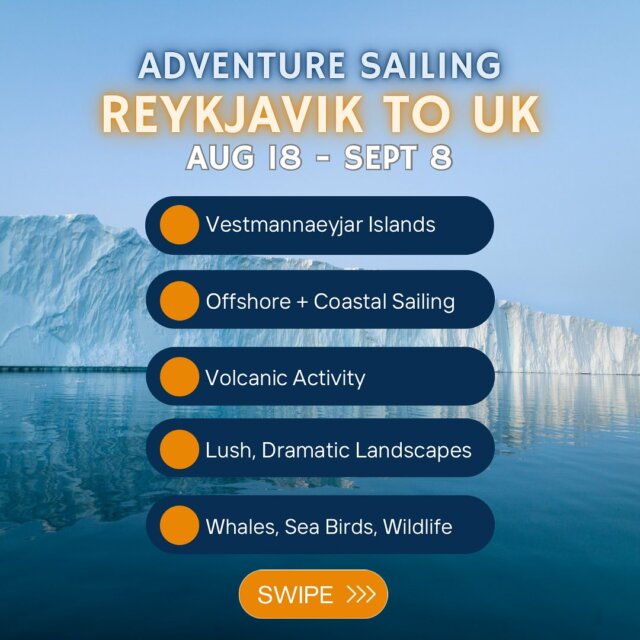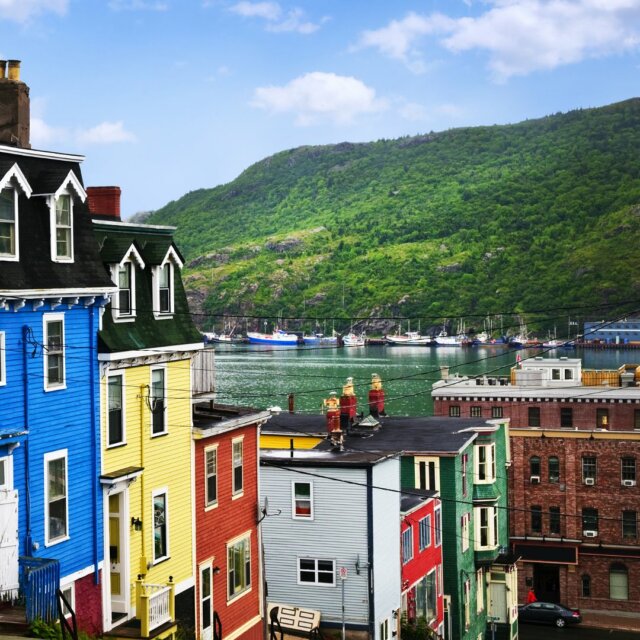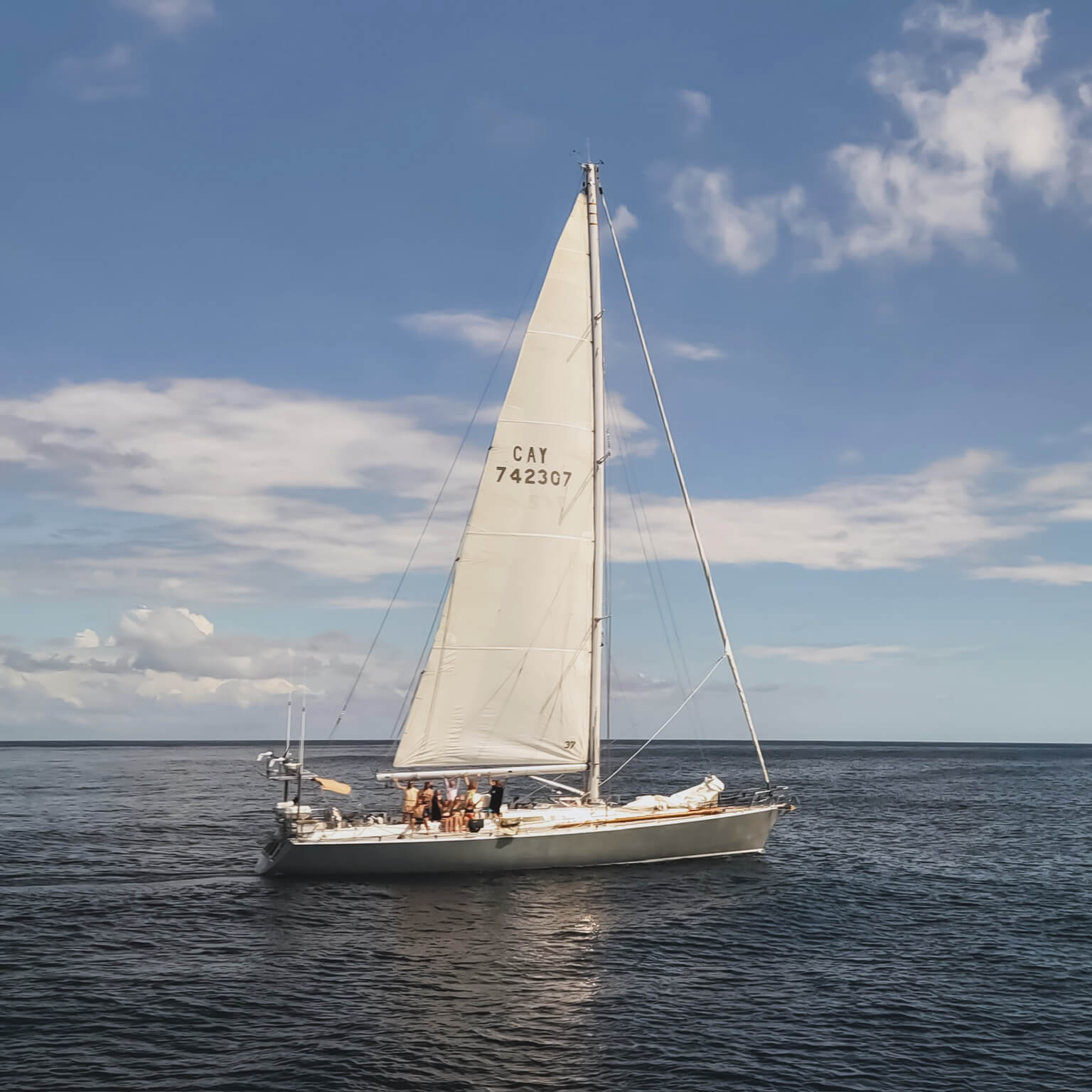If you’ve been following our blogs, you’ll know that we were thwarted in our ambitions to visit the wreck of the Teignmouth Electron, the boat sailed by infamous racer Donald Crowhurst in the Golden Globe race. The Golden Globe race was the precursor to today’s Vendee Globe, where highly trained sailors from around the world race singlehanded, non-stop, around the world from France via the Great Capes in carbon-fiber rocketships. It’s the pinnacle of modern ocean racing, pitting cutting edge boats sailed by highly competitive athletes against the world’s roughest ocean.
In 1968, however, such feats were barely dreamed off, and when the Sunday Times of London announced that it was sponsoring the first ever non-stop around the world sailing race, it wasn’t just the race, it would be the first time anyone had accomplished such a feat. The challenge and thrill of being at the frontier of ocean sailing brought together some of the great sailors of the era, and also some who were more armchair-sailors, dreamers or adventurers – unfortunately, Donald Crowhurst was one of the latter.
Then, as always, money was an issue, and though he eventually found a sponsor, it was under particularly harsh fiscal terms – if he didn’t reach certain targets during the race or abandoned it too soon, he would have to sell his house, and business to be able to afford to repay his sponsor. After a hurried and none-too thorough fit-out, he set sail with great expectations, both from himself and from the press, who cast him as the dark-horse underdog. Unfortunately, as Crowhurst sailed further from shore, he realized that neither he nor the boat was strong enough for the southern ocean, but trapped between financial ruin for his wife and children or death for himself in the south, came upon a solution – he would fake his positions throughout the race while staying safely in the Atlantic, then rejoin the fleet as they returned home, earning himself a safe 3rd or 4th place finish without too much scrutiny – no prize money, but no bankruptcy either.
Spending months alone at sea is enormously mentally challenging, and Crowhurst slowly deteriorated under the weight of his deception. The final blow came when he heard that there were only two boats left in the race, and that the 2nd place boat had sunk as it headed north – he would certainly be exposed now upon returning to England. No one knows what went through his head, but Teignmouth Electron‘s radio went silent, and a few weeks later was found, floating abandoned, by a passing freighter – Crowhurst had committed suicide rather than return home.
Teignmouth Electron now lies on the beach in Cayman Brac, a battered wreck sailed there by yet another dreamer, and it was with heavy hearts that we turned away from the Brac in the face of strong winds and high seas which prevented us from landing.
Shanley and I decided we had to visit her, and flew out to the Brac on Friday. We walked along the south shore in the morning, enjoying the beach and visiting caves, before coming back to the west end to look for the Electron. We stomped and crawled through the brushy undergrowth, over sharp coral rock littered with the debris of the countless sea of humanity upwind of the Caymans, before finally spotting the bow poking out of the pines.
Shipwrecks are always a bit eerie, regardless of their nature, and the history of Teignmouth Electron only added to its aura. She was shattered, the central hull crushed amidships into a pile of plywood and fiberglass, the amas (pontoons of a trimaran) in slightly better shape, but still peeled open to the elements. Even her name was missing – some souvenir hunter had sliced the “Teignmouth” out of the port side of the bow, and the “Electron” off starboard, no doubt to adorn some art project somewhere. It was a shock to see, especially as all the photos I’ve seen of the wreck showed the boat still almost whole, recognizably a sea-going vessel – clearly someone (or something) had intervened recently, perhaps with heavy machinery to make room for the the ditch nearby. We immediately started walking through the rubble, cameras clicking away, but I soon found Shanley sitting on a rock near the bow, just watching, as my shutter-clicks dwindled too. Someone had spray painted the words “Dream Boat” on the transom in place of a name – oddly fitting, given her history, but cruel nonetheless. Donald Crowhurst’s dream turned to ashes back in 1969, and now this, his dream boat, was rotting away, hidden in the trees. This is how all our dreams end, eventually, the wreck seemed to say – regardless of whether they reach fruition or not, are silly or fruitless or foolhardy or successful, eventually you, too, will lie rotting on this beach. We sat for a while, listening to the surf on the sand, the wind through the trees, the intermittent flap of a piece of the hull when the breeze caught it just right, then left, silently, and continued down the shore.
– Eric Loss































































































